Carbon is always present in stainless steel. The amount of carbon is the key. In all categories except martensitic, the level is kept quite low. In martensitic grade the level is deliberately increased to obtain high strength and hardness. Heat treating by heating to a high temperature, quenching and then tempering develops the martensitic phase.
Carbon can have an effect on the corrosion resistance. If the carbon is allowed to combine with the chromium (to form chrome carbides), it may have a detrimental effect on the ability of the “passive” layer to form. If, in localized areas, the chrome is reduced to below 10.5%, the layer will not form.
Chromium is a highly reactive element and accounts for the “passive” nature of all stainless steels. The resistance to the chemical effects of corrosion and the typical “rusting” (oxidation) that occurs with unprotected carbon steel, is the direct result of the presence of chromium. Once the composition contains at least 10.5% chromium, an adherent and insoluble surface film is instantaneously formed that prevents the further diffusion of oxygen into the surface and prevents the oxidation of the iron in the matrix. The higher the chromium level the greater the protection.
Nickel is the essential allying element in the 300 series stainless steel grades. The presence of nickel results in the formation of an “austenitic” structure that gives these grades their strength, ductility and toughness, even at cryogenic temperatures. It also makes the material non-magnetic. While the role of nickel has no direct influence on the development of the “passive” surface layer, it results in significant improvement in resistance to acid attack, particularly with sulfuric acid.
The addition of molybdenum to the Cr-Fe-Ni matrix adds resistance to localized pitting attack and better resistance to crevice corrosion (particularly in Cr-Fe ferritic grades). It helps resist the detrimental effects of chlorides (316 with 2% moly is preferred over 304 in coastal and de-icing salt situations). The higher the molybdenum content (there are stainless steels at 6% moly), the better the resistance to higher chloride levels.
Generally manganese is added to stainless steels to assist in de-oxidation, during melting, and to prevent the formation of iron sulfide inclusions which can cause hot cracking problems. It is also a “austenite” stabilizer and when added in higher levels (from 4 to 15%) replaces some of the nickel in the 200 series stainless steel grades.
Small amounts of silicon and copper are usually added to the austenitic stainless steels containing molybdenum to improve corrosion resistance to sulfuric acid. Silicon also improves oxidation resistance and is a “ferrite” stabilizer. In “austenitic stainless steels, high silicon contents improves resistance to oxidation and also prevents carburizing at elevated temperatures (309 and 310 are examples).
Niobium additions prevents inter-granular corrosion, particularly in the heat effected zone after welding. Niobium helps prevent the formation of chrome carbides, that can rob the microstructure of the required amount of chromium for passivation. In “ferritic” stainless steels the addition of niobium is an effect way to improve thermal fatigue resistance.
Titanium is the main element used to stabilize stainless steel before the use of AOD (Argon-Oxygen Decarburization) vessels. When stainless steel is melted in air, it is difficult to reducing the carbon levels. 302, the most common grade before AOD’s, was allowed to have a maximum carbon level of 0.15%). At this high level, something was needed to stabilize the carbon and titanium was the most common way. Titanium will react with the carbon to form titanium carbides and prevent the formation of chrome carbides, that could affect the formation of the “passive” layer. Today all stainless steel are finished in an AOD vessel and the carbons levels are generally low due to the absence of oxygen. The most common grade today is 304 (with 0.08 max carbon, although in reality the levels are lower).
Sulfur is generally kept to low levels as it can form sulfide inclusions. It is used to improve machinability (where these inclusion act as “chip breakers). The addition of sulfur, however, does reduce the resistance to pitting corrosion.
